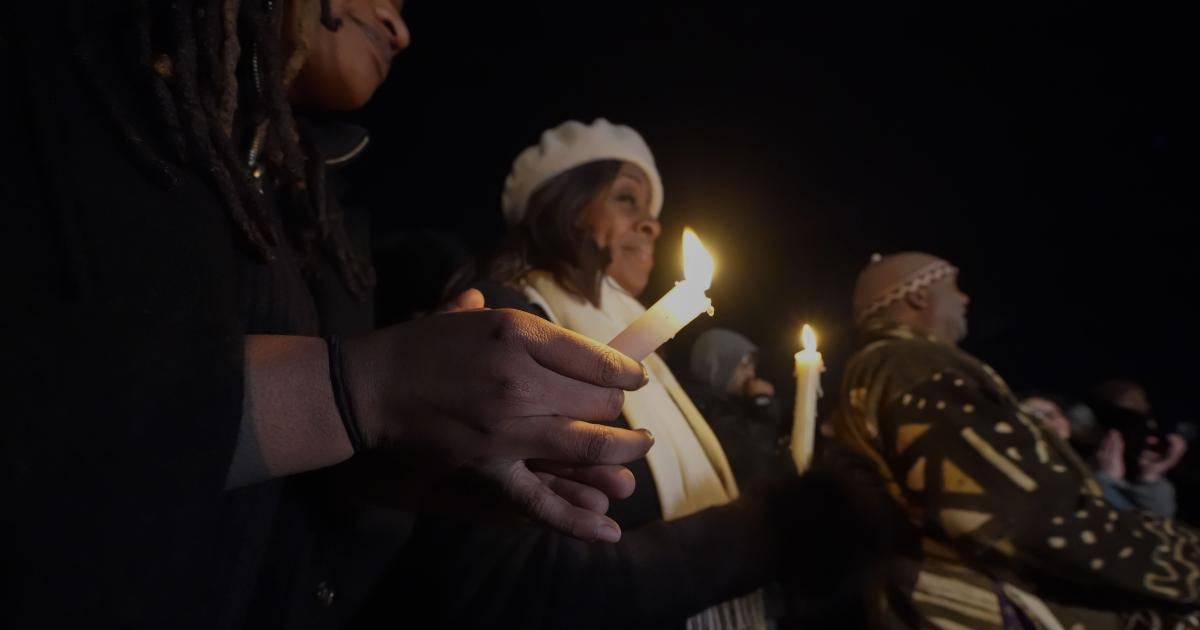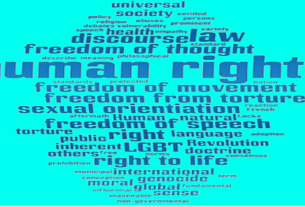The United States is bracing for further details in yet another horrific police killing of a Black man, this time Tyre Nichols in Memphis, Tennessee. The fatal beating reminds us of the fundamental changes to policing that are still needed and what is required to foster safety in the US, particularly in Black communities, whose members are three times more likely to be killed by police than white people.
Tyre Nichols, 29, was the youngest of four children and the father of a preschool-age son. He died January 10, 2023 from wounds sustained after police brutally beat him during a traffic stop for alleged reckless driving. Five Memphis police officers and two fire department employees were fired after internal investigations of the incident, which the Memphis police chief described as “heinous, reckless, and inhumane.” The police officers were charged with second-degree murder and other charges. The US Justice Department has opened an investigation into the incident and the Memphis police department announced it will release video of the incident on Friday, January 27. Protests are expected after the video’s release, the right to which the state has a responsibility to protect.
Some of the officers charged belonged to the police department’s Street Crime Operation to Restore Peace in our Neighborhoods (SCORPION) unit, which employs saturation or “flood the zone” policing, sending officers into perceived high-crime areas, who engage in aggressive, “zero tolerance,” and pretextual tactics with little oversight or apparent thought to the disruption they cause to communities.
Despite the global uprising against police brutality and systemic racism in 2020, spurred by the police killing of George Floyd, police killed 1,186 people in 2022 – more than any other year this past decade. While some police killings, especially those captured on video, get extensive media coverage, police across the US use force and engage in harmful and pervasive abuse, especially toward Black people, on a daily basis. Studies show that police use force on Black people at vastly higher rates than on white people, including electroshock weapons such as Tasers, dog bites, batons, and beatings. These are often misapplied in situations involving problematic substance use, homelessness, mental health conditions, and poverty.
Nichols’ contact with police started off as a traffic stop, which Human Rights Watch and others have shown are disproportionately enforced against Black people. In Tulsa, Oklahoma, for example, we found that traffic stops are not only more frequent in predominately Black and low-income areas but they also last longer and take place with a greater likelihood of removal from the vehicle, search, questioning, and arrest. Data shows police in the US have killed nearly 600 people in traffic stops since 2017.
While authorities have taken action against the officers involved in Nichols’ case relatively quickly, this is unusual. Accountability for police abuse remains rare in the US, and the abuse and loss of life shouldn’t happen in the first place. Before there is another police killing, state and local governments in the US should question the use of police for traffic stops, and invest in other ways to advance community safety beyond policing.



